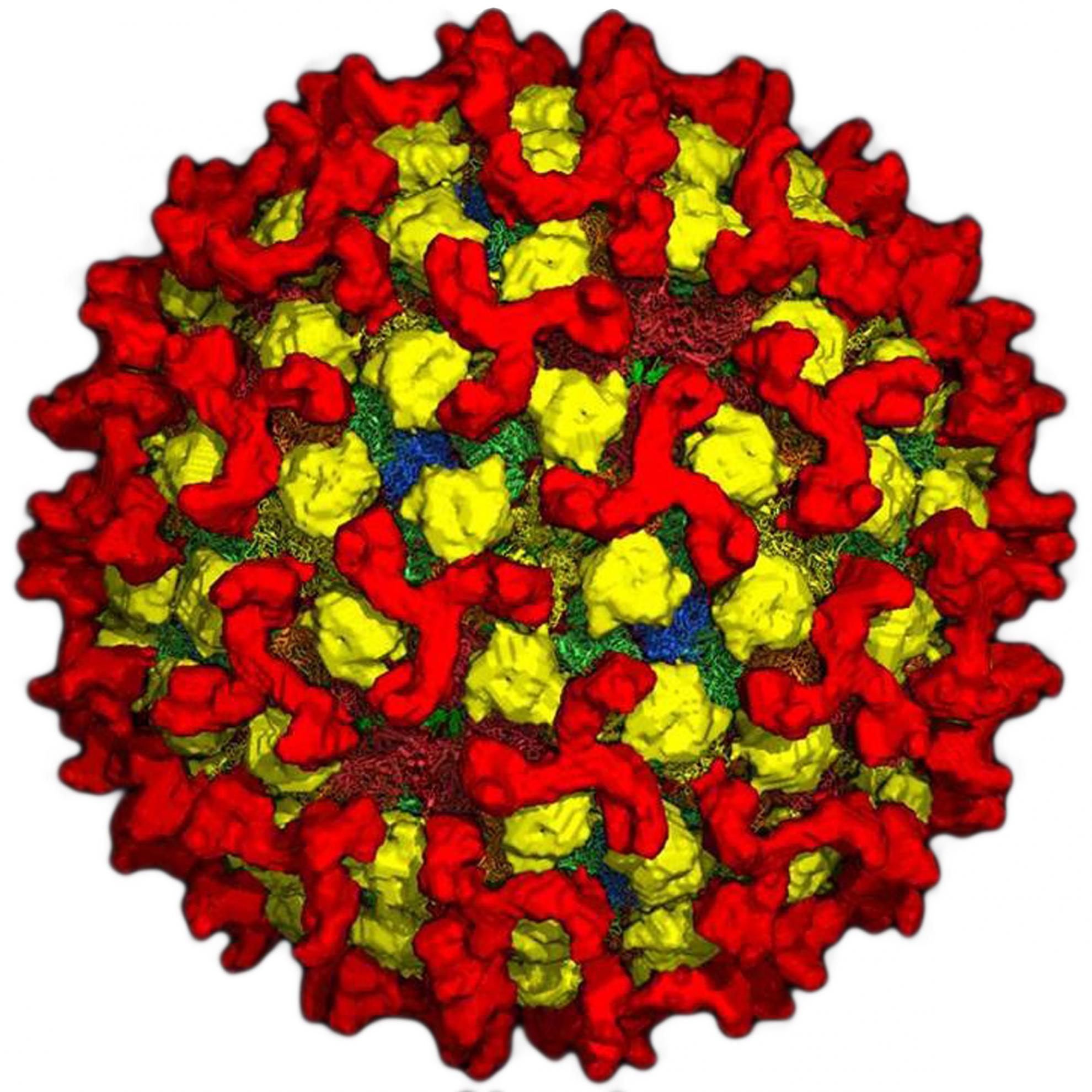BTV-14 infection in sheep elicits viraemia with mild clinical symptoms
In 2011, Bluetongue virus serotype 14 (BTV-14) was detected in Russia during routine surveillance, and was subsequently found in a number of European countries. The strain had high sequence similarity to a BTV-14 vaccine strain. We aimed to determine the risk of this BTV-14 strain causing disease in a UK sheep breed. Four Poll Dorset sheep were infected with a Polish isolate of BTV-14 and infection kinetics were monitored over 28 days. BTV RNA was detected in EDTA blood by 4 days post-infection (dpi) and remained detectable at 28 days post-infection (dpi). Peak viraemia occurred at 6 and 7 dpi with Ct values ranging between 24.6 and 27.3 in all infected animals. BTV antibodies were detected by 10 dpi using a commercial ELISA and neutralising antibodies were detected from 10 dpi. BTV was isolated between 6 and 12 dpi. All infected sheep developed mild clinical signs such as reddening of conjunctiva and mucosal membranes, with one sheep demonstrating more overt clinical signs. Two uninoculated control animals remained clinically healthy and did not have detectable BTV RNA or antibodies. The overall mild clinical symptoms caused by this BTV-14 in this highly susceptible sheep breed were in accordance with the asymptomatic infections observed in the affected countries.

